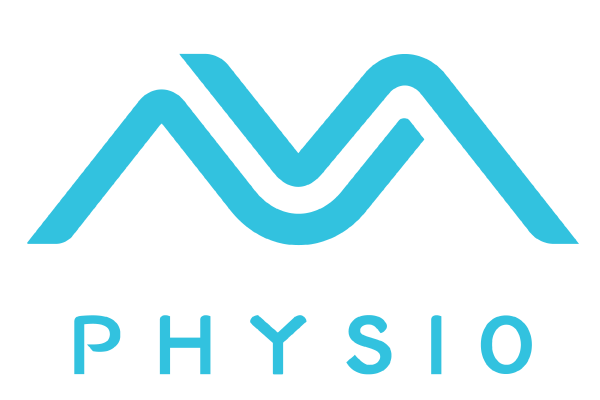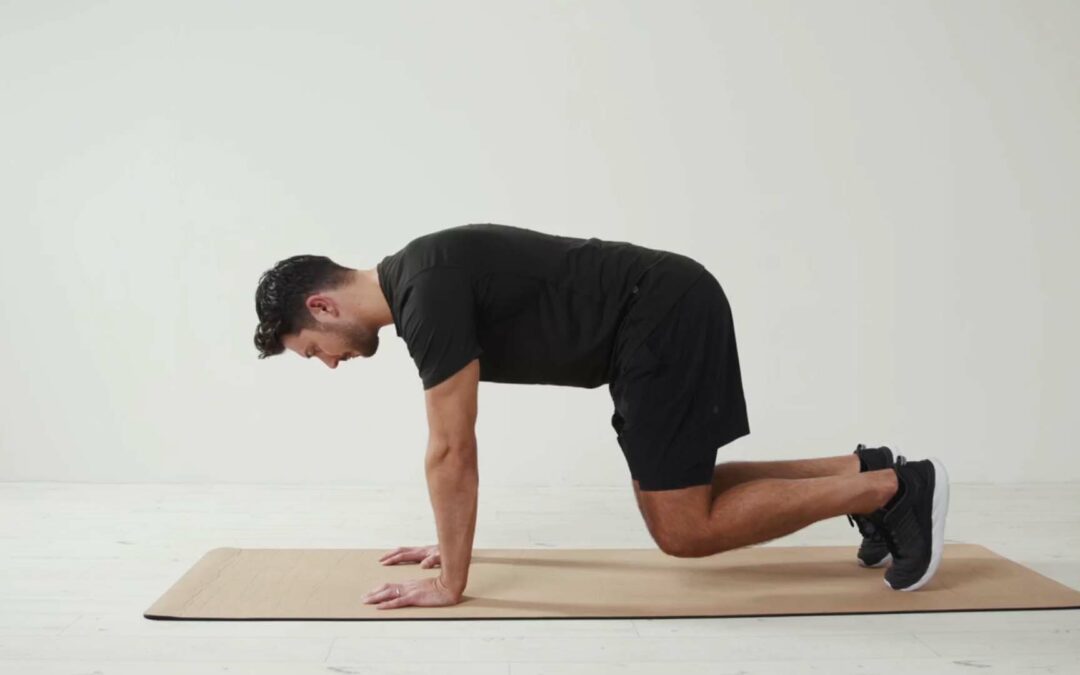What is Raised Quadruped for Knee Physiotherapy?
Raised Quadruped is an exercise that involves lying face down on the ground with your elbows directly under your shoulders, forming a 90-degree angle with your upper arms and body. Your hips are then raised off the ground, keeping your back straight and your core engaged. This exercise targets the glutes, hamstrings, and core muscles. It can be done with a weight or resistance band for added challenge.
Understanding Core Strength and its Importance in Rehabilitation
Core strength is vital for rehabilitation as it contributes to stability, balance, and proper movement patterns. The core muscles, including the abdominals, back muscles, and pelvic floor muscles, provide a solid foundation for the body. Strong core muscles not only aid in injury recovery but also enhance functional movements and prevent future injuries.
To achieve successful rehabilitation, it is important to address the underlying causes of the injury and focus on restoring strength, flexibility, and coordination. Incorporating core-strengthening exercises, such as the raised quadruped knee physiotherapy exercise, into a rehabilitation program can greatly improve overall outcomes.
Benefits of the Raised Quadruped for Knee Physiotherapy Exercise
The raised quadruped knee exercise offers several benefits for physiotherapy and rehabilitation. Firstly, it improves core stability by targeting the deep abdominal muscles, which play a crucial role in maintaining proper posture and spinal alignment. Strengthening these muscles can alleviate back pain and improve overall body mechanics.
Additionally, the exercise promotes quadriceps strength, which is essential for lower limb function during activities like walking, running, and jumping. By targeting the quadriceps, individuals can enhance lower limb function and regain strength after injury or surgery.
Moreover, the raised quadruped knee exercise engages the gluteal muscles, which are often underutilized in individuals with certain injuries or sedentary lifestyles. Strengthening these muscles contributes to hip stability, reduces the risk of lower limb injuries, and improves overall rehabilitation outcomes.
Merlin Physio App for Raised Quadruped Knee Physiotherapy Exercise
The Merlin Physio App is a versatile tool for physiotherapists, and it can be particularly beneficial when it comes to exercises like the Raised Quadruped. Here’s how the app can assist in this specific exercise:
- Exercise Guidance: The Merlin Physio App can provide detailed instructions and video demonstrations for the Raised Quadruped exercise. Patients can access these resources to ensure they are performing the exercise correctly, maintaining the right posture, and avoiding potential mistakes.
- Tracking Progress: Physiotherapists can record the patient’s initial ability to perform the Raised Quadruped and set goals for improvement. The app allows for progress tracking, making it easy to see how the patient’s strength and mobility are improving over time. This data can be crucial in adjusting the treatment plan as needed.
- Real-Time Feedback: The app can offer real-time feedback to patients during the exercise. Using AI, it can analyze the patient’s form and provide instant pointers on how to improve. This ensures that the patient is getting the most out of each session and minimizing the risk of injury.
- Customized Programs: The Merlin Physio App enables physiotherapists to create customized exercise programs for each patient. This means that the Raised Quadruped exercise can be tailored to the patient’s specific needs and abilities, ensuring that the treatment is both effective and safe.
Step-by-Step Guide to Performing the Raised Quadruped Knee Physiotherapy Exercise
To perform the raised quadruped knee exercise correctly, follow these steps:
- Get on your hands and knees, with hands aligned with shoulders and knees under hips.
- Keep your arms straight and make your body like a box, maintaining a straight back.
- Keep your head in line with your back and if possible, put your toes on the ground.
- Tighten your abdominal muscles, lift your knees about a fist width off the ground, and hold.
- Hold this position for the required time before slowly returning to the starting position.
- Make sure your knees are off the floor but not too high to lose the box shape.
- Aim to keep your knees and shoulders at a 90-degree angle throughout.
- Don’t let your arms bend, head drop, or body shift forward as you lift your knees.
- Breathe normally during the exercise and only do what feels comfortable, following advice from your physiotherapist.
Proper form and alignment are crucial for maximizing the benefits of the raised quadruped knee exercise. Avoid compensatory movements or excessive strain on other muscle groups. If unsure about the correct technique or if experiencing pain or discomfort, consult with a physiotherapist or healthcare professional before attempting the exercise.
Precautions and Considerations for Raised Quadruped Knee Physiotherapy Exercise
While generally safe for most individuals, the raised quadruped knee exercise requires precautions and considerations, especially in the context of physiotherapy and rehabilitation.
Individuals with specific injuries or conditions, such as knee pain, hip instability, or lower back issues, may require modifications or alternative exercises. Consult with a physiotherapist or healthcare professional to determine if the raised quadruped knee exercise is suitable for specific needs.
Furthermore, individuals with underlying health concerns or limitations should approach the exercise with caution. Those with cardiovascular conditions, balance issues, or chronic pain conditions should seek guidance from a healthcare professional before attempting the exercise.
Progression and Advanced Variations in Raised Quadruped Knee Physiotherapy Exercise
To continue challenging core muscles and promote further rehabilitation progress, it is important to progress the raised quadruped knee exercise over time. Here are some ways to advance the exercise:
- Increase the duration of the raised position: Gradually increase the duration from a few seconds to 10-15 seconds.
- Introduce resistance: Add ankle weights or resistance bands to increase the load on the quadriceps and gluteal muscles.
- Incorporate arm movements: Extend one arm forward and the opposite leg backward simultaneously while performing the exercise. This variation challenges core stability and coordination.
- Perform the exercise on an unstable surface: Place a foam pad or balance cushion under hands or knees to introduce instability, further engaging core muscles.
Progress gradually and listen to the body. If experiencing pain or discomfort during advanced variations, regress to the basic form or consult with a physiotherapist for appropriate modifications.
Conclusion
The raised quadruped knee physiotherapy exercise is a valuable tool for individuals undergoing rehabilitation and aiming to improve core strength. By incorporating this exercise into a comprehensive physiotherapy program, individuals can enhance stability, strengthen their core, and achieve successful rehabilitation outcomes.
Remember to consult with a physiotherapist or healthcare professional before starting any new exercise program, especially if there are underlying health conditions or concerns. They can provide guidance in tailoring the raised quadruped knee exercise to specific rehabilitation needs and goals. Start incorporating the raised quadruped knee exercise into the physiotherapy routine and experience the benefits of improved core strength and stability.
FAQ
What is a raised quadruped knee physiotherapy exercise?
It is an exercise that involves lifting your knee while on all fours.
Who can benefit from raised quadruped knee physiotherapy exercises?
Anyone recovering from knee injuries or seeking to improve knee stability.
How do you perform a raised quadruped knee exercise?
Get on all fours, lift one knee off the ground while keeping your back straight.
What are the benefits of raised quadruped knee physiotherapy exercises?
They can strengthen your knees, improve stability, and aid in rehabilitation.
How often should I do raised quadruped knee exercises?
Aim for 2-3 times a week, gradually increasing intensity and repetitions.
But I find it difficult to balance in a raised quadruped position. Any tips?
Start with a lower knee lift and gradually increase height as you gain stability.

